Das kulturelle Dorf
ist ein lebendes Museum aller traditionellen Sachen und stellt
klassischen Lebensstil Swazi während des 1850's dar. Die Zielsetzung
des Dorfs ist, Swazis von allen Ecken des Landes zu ermöglichen, zu
ihr heraus zu erreichen und ein positives Interesse auf ihrem
kulturellen Erbe einschließlich beizubehalten; Sprache;
Gewohnheiten; Praxis; Rituale; Tanz; Musik; Folklore; künste und
Fertigkeiten sowie Erscheinen (Touristen) unsere kulturellen
Ausführungen zu den Leuten.
Es ist Hoffnungen, daß solch eine Anstalt Swazis ermöglicht,
preiswertere Wissen und das Verstehen der Kultur zu gewinnen, die
unsere Nation mit einer Ansicht des Erhöhens des nationalen
Bewußtseins, der Identität, der solidarität und der Sozialtoleranz
festsetzt, die Erbschaft auch gainfully verwendet werden kann, um
Touristen für kulturelle Abhängigkeit anzuziehen.Nach der
amtlichen Öffnung war es Namen Ligugu Lemaswati durch seinen
Majestätkönig Mswati III (Bedeutung "der Stolz der Leute Swazi")
|
Der Kopf-Mann - Umnumzane
Das headman ist zu allen Gehöftangelegenheiten
zentral und er ist häufig polygamous. Er fügt durch
Beispiel hinzu und berät seine Frauen in allen
Sozialangelegenheiten des Hauses sowie das Sehen zum
stärkeren Überleben der Familie . Er verbringt
auch die Zeit, die unter Jungen geselligIST, die häufig
seine Söhne sind und Verwandte schließen, über die
Erwartungen, die hoch wachsen und manhood. |
| Das
Sangoma und das Inyanga
Sangoma ist ein traditionelles diviner, das von den
Vorfahren dieser bestimmten Familie gewählt wird. Das
Training des Sangoma wird "Kwetfwasa" genannt. Am Ende
des Trainings, gibt es eine Staffelungzeremonie, wohin
das ganzes lokale tangoma zusammen für das Genießen und
das Tanzen kommen. Das diviner wird aus den
verschiedenen Gründen beraten, die die Ursache der
Krankheit oder sogar des Todes betreffen. Seine Diagnose
basiert auf "Kubhula" ein Prozeß der Kommunikation,
durch trance mit den natürlichen Superpowers.
Das Inyanga (medizinisch und der celitical Fachmann
des su-pharma in den modernen Bezeichnungen) besitzt die
werfende Fähigkeit des Knochens (kushayaematsambo)
verwendet, um die Ursache der Krankheit (Ätiologie)
festzustellen. |
|
Das Gehöft Swazi - Umuti
Die HauptSozialmaßeinheit Swazi bleibt das Gehöft.
Die traditionelle Bienenstockhütte thatched mit
trockenem Gras. In einem polygamous Gehöft läßt jede
Frau normalerweise ihre eigenen Hütten und Gelände durch
Reedzäune für Privatleben umgeben. Diese enthalten drei
Strukturen hauptsächlich für das Schlafen, das Kochen
und Ablage (Brauenbier). In den erheblichen Gehöften
gibt es auch Strukturgebrauch als Viertel des
Junggesellen und Gastanpassung |
Zentrale zum traditionellen Gehöft ist das Viehbyre, ein
kreisförmiger Bereich, der durch erhebliche Maschinenbordbücher
umgeben wird, interspaced mit Niederlassungen. Das Viehbyre hat
großes Ritual sowie praktische Bedeutung als Speicher von Fülle und
von Symbol des Prestiges. Es enthält Siegelkorngruben. Das Viehbyre
gegenüberzustellen ist die große Hütte, die besetzt wird, aber die
Mutter vom headman.
Geschichte der Leute Swazi
Des Swazis sind Bantu sprechende Leute, die überwiegend nguni in der
Sprache und Kultur sind. Sie entstehen von zentralem Ostafrika. Als
Teil der nguniexpansionssouthwards kreuzte das swazi den Fluß
Limpopo und vereinbarte im südlichen tsongaland Mosambik im späten
Jahrhundert fünfzehn.
Ihr Führer war Dlamini, ein Mann des embongunihintergrundes. Nach
200 Jahren das Swazi noch unter einer Reihe Leitern des Dlamini
clan, verschoben in die Region auf dem Fluß Pongola, in dem sie in
der nahen Nähe zum Ndwandwe lebten.Später holte ökonomischer Druck
des Landmangels schließlich diese zwei Gruppen zur
Schlagafterwhichschlacht, das Swazis zurückgezogen zum zentralen
Bereich von modernem Swasiland.
Hier des Swazis fortgesetzt dem Prozeß der Expansion durch das
Erobern der zahlreichen kleinen sprechenden Stämme des sotho und des
nguni, um einen großen zusammengesetzten Zustand toady benanntes
Swasiland aufzubauen
Tanz Sibhaca
Das Sibhaca, ein Fußtanz, der in der Art kräftig ist, wird von den
Mannschaften der Männer in dem Land durchgeführt. Der Rhythmus und
die großartige Konstitution der Männer, wenn das Durchführen vielen
Wundern und Bewunderung die Zuschauer überläßt. Tanz Sibhaca
manchmal durchgeführt als Konkurrenz oder gerade für Spaß abhängig
von bestimmten Gelegenheiten.
Der
Warrior Swazi
Eswatini,
formerly known as
Swaziland, is a small, landlocked country in
Southern Africa, bordered by
South Africa
to the west and
Mozambique to the east. It is one of the few
remaining
absolute monarchies in the world, with a rich
cultural heritage, diverse landscapes, and a strong
sense of tradition. Here’s an overview of
Eswatini
and what makes it a fascinating destination to visit:
1.
History and
Culture:
-
Eswatini
has a long history, dating back to the early 18th
century, when the Swazi people first settled in the
region. The name
Swaziland
was changed to
Eswatini
in 2018
to mark the 50th anniversary of the country’s
independence from British colonial rule and the 50th
birthday of King
Mswati III.
- The country has
a rich cultural identity, deeply rooted in its
traditions, ceremonies, and the monarchy system. The
kingdom
is known for its
annual
cultural events such as the
Umhlanga
(Reed Dance) and
Incwala
(Kingship Ritual), which celebrate Swazi
culture, fertility, and the relationship between the
people and their monarch.
2.
Landscape and
Nature:
-
Eswatini
is home to stunning landscapes, ranging from
mountainous regions in the west to the
lowland
savannas in the east. The country’s diverse
geography offers a variety of outdoor experiences
for nature lovers.
- The
Ezulwini
Valley, often called the “Valley
of Heaven,” is a lush and picturesque area
where the capital city,
Mbabane,
is located. The valley is surrounded by beautiful
hills and mountains, making it a popular spot for
hiking, sightseeing, and outdoor activities.
- The
Malolotja
Nature Reserve offers a mountainous
landscape, with waterfalls, cliffs, and dense
forests, ideal for those who enjoy
eco-tourism and wildlife experiences.
-
Hlane
Royal National Park is a key conservation
area, home to the
Big Five
(elephants, lions, buffalo, rhinos, and leopards) as
well as a variety of other wildlife species. The
park is a major draw for
safari
enthusiasts.
3.
Wildlife and
Safaris:
-
Eswatini
is a great destination for those looking to
experience
wildlife safaris in a relatively small and
accessible setting. The country has several
protected areas, such as
Hlane
Royal National Park,
Mkhaya
Game Reserve, and
Mbuluzi
Game Reserve, where visitors can enjoy
sightings of
elephants,
lions,
rhinos,
giraffes,
and more.
-
Mkhaya
Game Reserve is particularly well-known for
its rhino
population and is one of the best places in
the country to spot
black
rhinos. The reserve offers a more
intimate
safari experience, with fewer tourists and
more personalized game drives.
- Eswatini is
also home to
birdwatching hotspots, with many species of
waterfowl,
raptors,
and waders
found throughout the country’s wetlands and
reserves.
4.
Cultural
Experiences:
- Visitors to
Eswatini can immerse themselves in traditional
Swazi
culture through music, dance, and art. The
country has a long tradition of
oral
storytelling,
handicrafts, and
local arts,
and travelers can purchase beautiful handcrafted
goods, such as
woven
baskets,
carved
wooden sculptures, and
beaded
jewelry.
- The
Umhlanga
Reed Dance is one of the most famous
cultural events in Eswatini. It takes place annually
in August, and thousands of young Swazi women
participate by dancing and presenting reeds to the
queen mother, symbolizing their chastity and respect
for tradition.
-
Incwala,
the King’s
Ceremony, is another important cultural
festival held in December or January, where the
country celebrates the king’s role and the unity of
the nation. It involves traditional dances, feasts,
and rituals.
5.
Tourist
Attractions:
-
Mbabane:
The capital city,
Mbabane,
is a charming town set in a
mountainous landscape, offering visitors a
glimpse of Swazi urban life. It’s a good base for
exploring the surrounding nature reserves and
cultural sites.
-
Lobamba:
Located near Mbabane,
Lobamba
is the spiritual and cultural heart of Eswatini. It
is home to the
Royal
Palace and the
Parliament.
Lobamba also hosts important
traditional ceremonies and is a place where
visitors can learn more about the history of the
Swazi monarchy.
-
Mantenga
Cultural Village: A popular tourist
destination that showcases
Swazi
traditions, where visitors can experience
traditional dances, music, and learn about the
lifestyle of the Swazi people.
-
Ngwenya
Glass Factory: Eswatini is known for its
handcrafted glass products, and the
Ngwenya
Glass Factory produces high-quality
glassware, which can be purchased as souvenirs.
Visitors can tour the factory and see how the
artisans create unique glass products.
6.
Adventure
Activities:
-
Hiking and
Nature Trails: Eswatini offers numerous
hiking
trails in its mountainous regions, such as
the
Malolotja Nature Reserve, where visitors
can explore
waterfalls,
gorges,
and enjoy stunning vistas.
-
White-water Rafting: The
Usuthu
River is a great spot for
white-water rafting and other water-based
adventure sports. The river’s rapids provide an
exciting challenge for adrenaline junkies.
-
Mountain
Biking: The rolling hills and mountains
offer some fantastic trails for
mountain
biking in areas like the
Malolotja
and
Mlilwane Wildlife Sanctuary.
7.
Accommodation:
-
Eswatini
has a range of accommodations, from
luxury
lodges and
hotels
to camping
sites and
guesthouses. Visitors can choose from
places that are close to the country’s main
attractions, including
game
reserves,
cultural
villages, and
mountain
retreats.
- Some
luxury
lodges, like those found in
Hlane
Royal National Park and
Mkhaya
Game Reserve, offer an authentic safari
experience, combining high-end comfort with nature
and wildlife.
8.
Best Time to
Visit:
- The best time
to visit Eswatini depends on the type of activities
you’re interested in:
-
For
Safaris and Wildlife Viewing: The
dry
winter months (May to September) are
ideal for
safari
as animals congregate around waterholes, making
it easier to spot them.
-
For
Cultural Events: If you want to
experience traditional cultural events like the
Umhlanga Reed Dance (August) or
Incwala (December/January), plan your
visit during these periods.
-
For
Hiking and Outdoor Activities: The
spring
and autumn months (September to
November and March to May) are great for outdoor
activities, offering pleasant temperatures for
hiking and exploring.
9.
Travel Tips:
-
Visa
Requirements: Many nationalities do not
require a visa for short stays in Eswatini, but it’s
important to check the specific visa requirements
based on your country of origin.
-
Currency:
The
Lilangeni (SZL) is the official currency of
Eswatini, and it is pegged to the
South
African Rand (ZAR), which is also widely
accepted.
-
Language:
The official languages of Eswatini are
SiSwati
and
English, with SiSwati being the most
commonly spoken language. English is widely used in
business and tourism.
Summary:
Eswatini
is a unique and captivating destination, offering a mix
of cultural
experiences,
wildlife
safaris, and
breathtaking
landscapes. Whether you’re interested in
exploring the country’s
mountains,
savannas,
and wetlands,
or immersing yourself in its
rich cultural
heritage and traditions, Eswatini provides a
memorable travel experience. Its
small size
makes it easy to explore, and its
friendly
locals and
traditional
ceremonies add a personal touch to every visit.
|
|
 Safaris
Bergsteigen
Wandern
Inselwandern Weltweit
Safaris
Bergsteigen
Wandern
Inselwandern Weltweit
 Europa
Inselwandern
Europa
Inselwandern
 Städtewandern
Städtewandern
 Paintings
Paintings Dirk Rauschenbach
Dirk Rauschenbach
 Safaris
Bergsteigen
Wandern
Inselwandern Weltweit
Safaris
Bergsteigen
Wandern
Inselwandern Weltweit
 Europa
Inselwandern
Europa
Inselwandern
 Städtewandern
Städtewandern
 Paintings
Paintings Dirk Rauschenbach
Dirk Rauschenbach
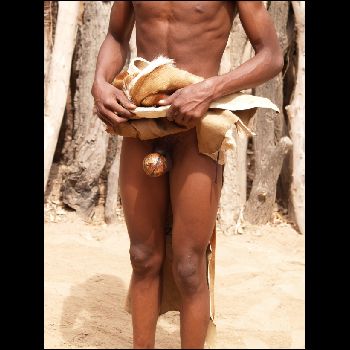
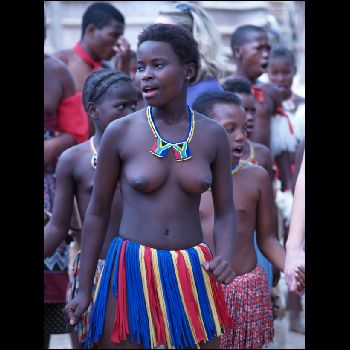
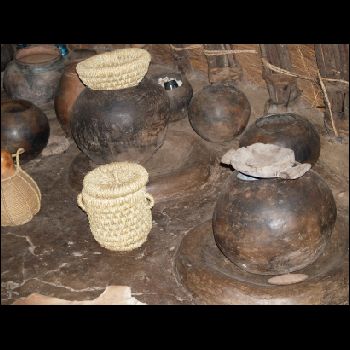
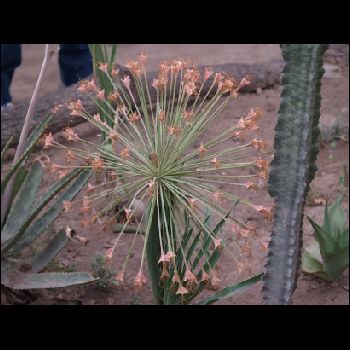
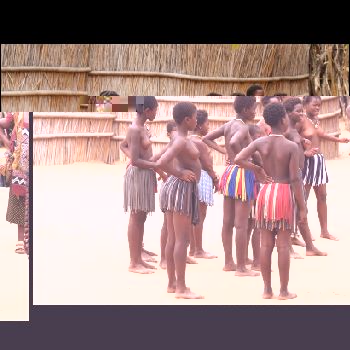




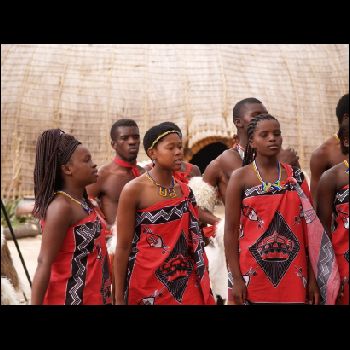
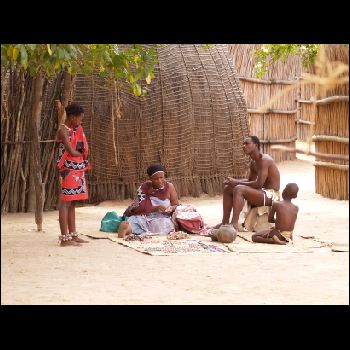

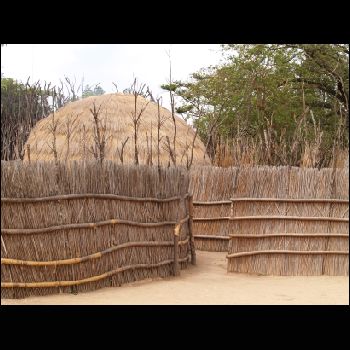
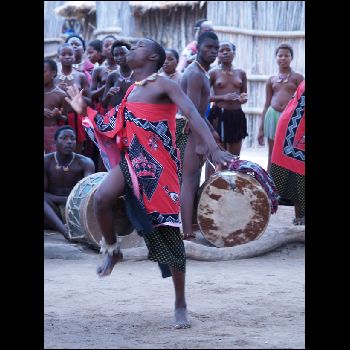

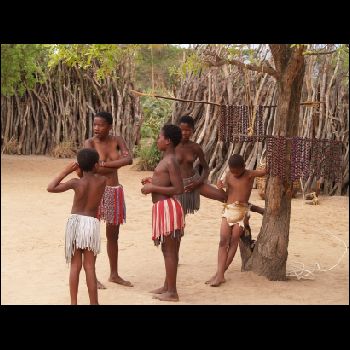
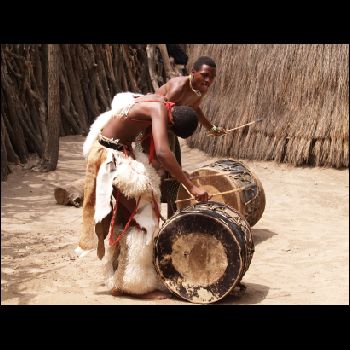
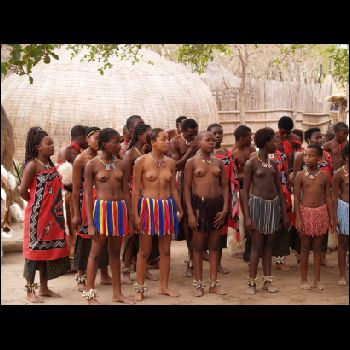
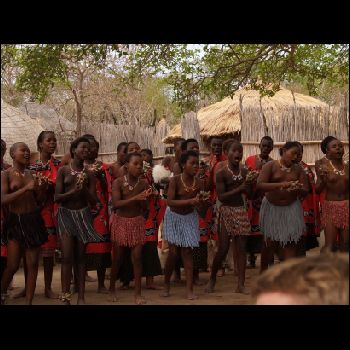
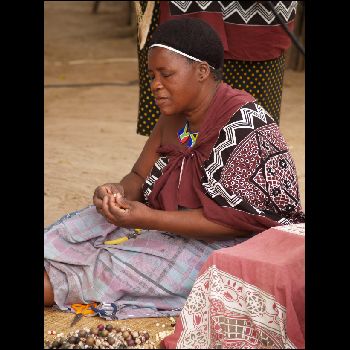
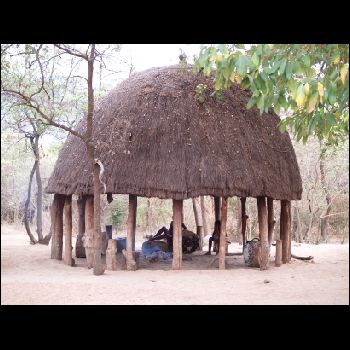
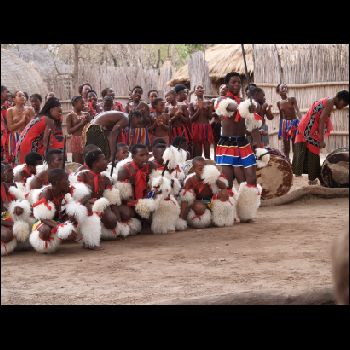


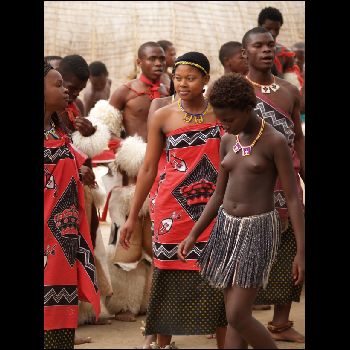
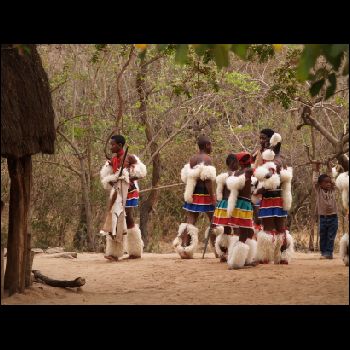

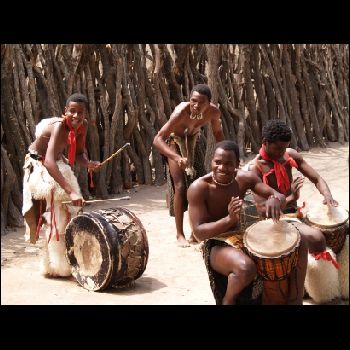

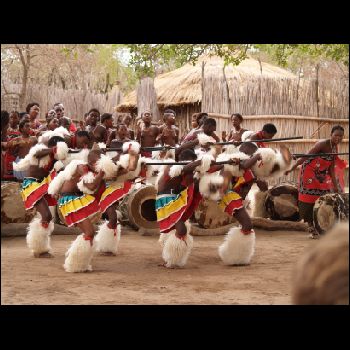
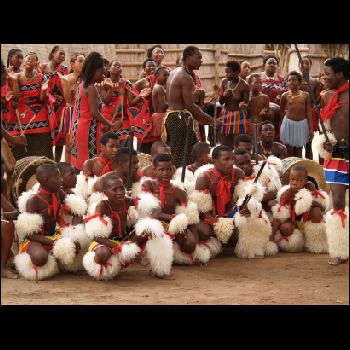

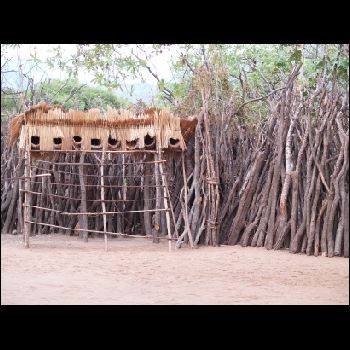
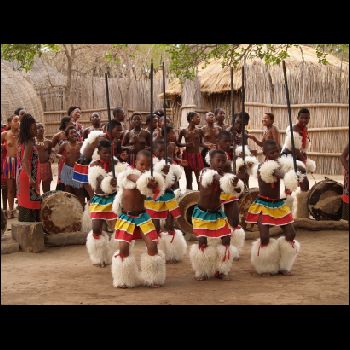

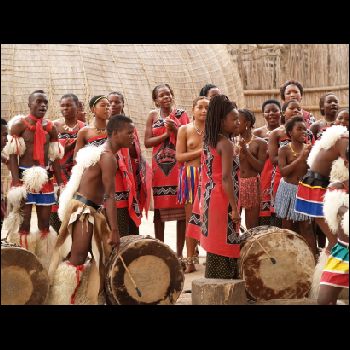
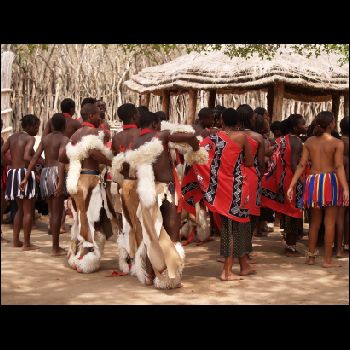
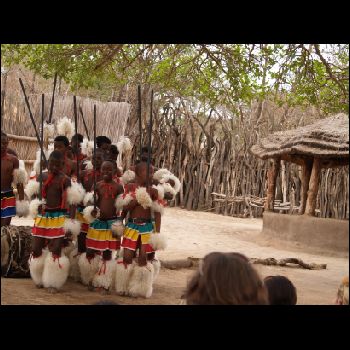


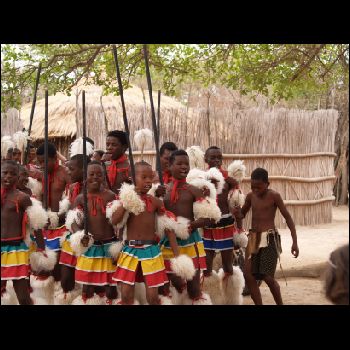
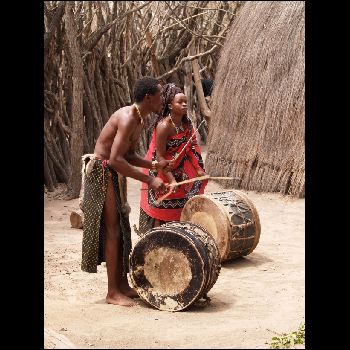

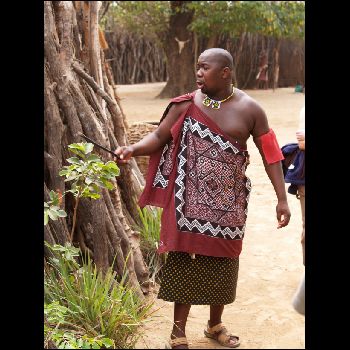
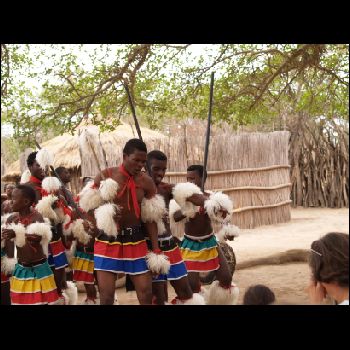

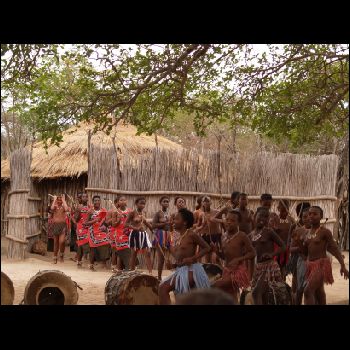
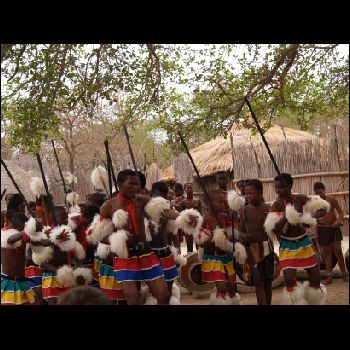
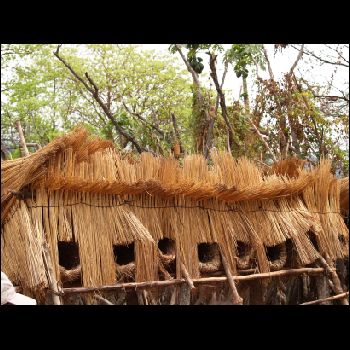
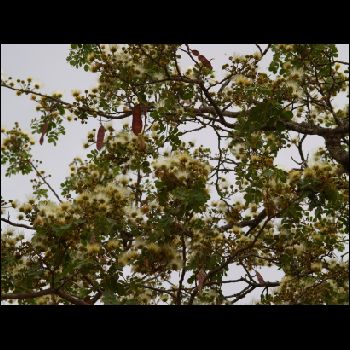

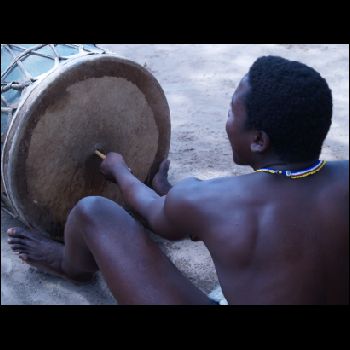
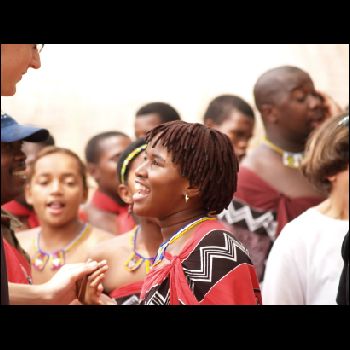
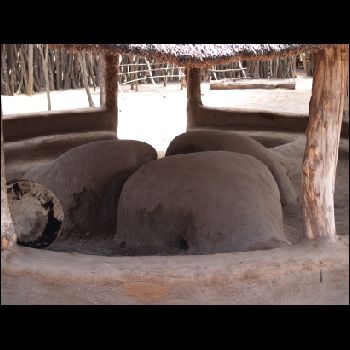
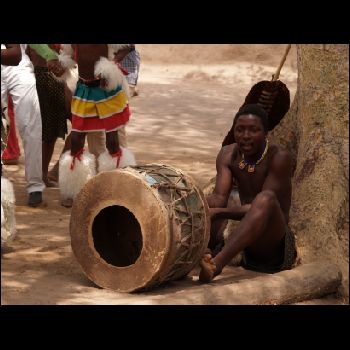
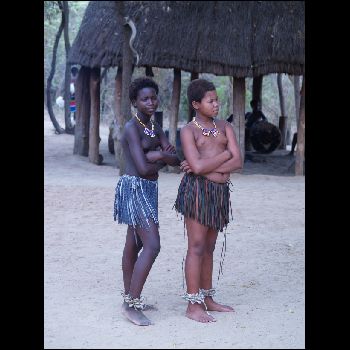

![]() 26.07.25 Copyright Dirk
Rauschenbach Koelnerstrasse 293 51702 Bergneustadt
Datenschutzerklaerung 02261 9788972 Mail ccooly(
at) web.de
26.07.25 Copyright Dirk
Rauschenbach Koelnerstrasse 293 51702 Bergneustadt
Datenschutzerklaerung 02261 9788972 Mail ccooly(
at) web.de